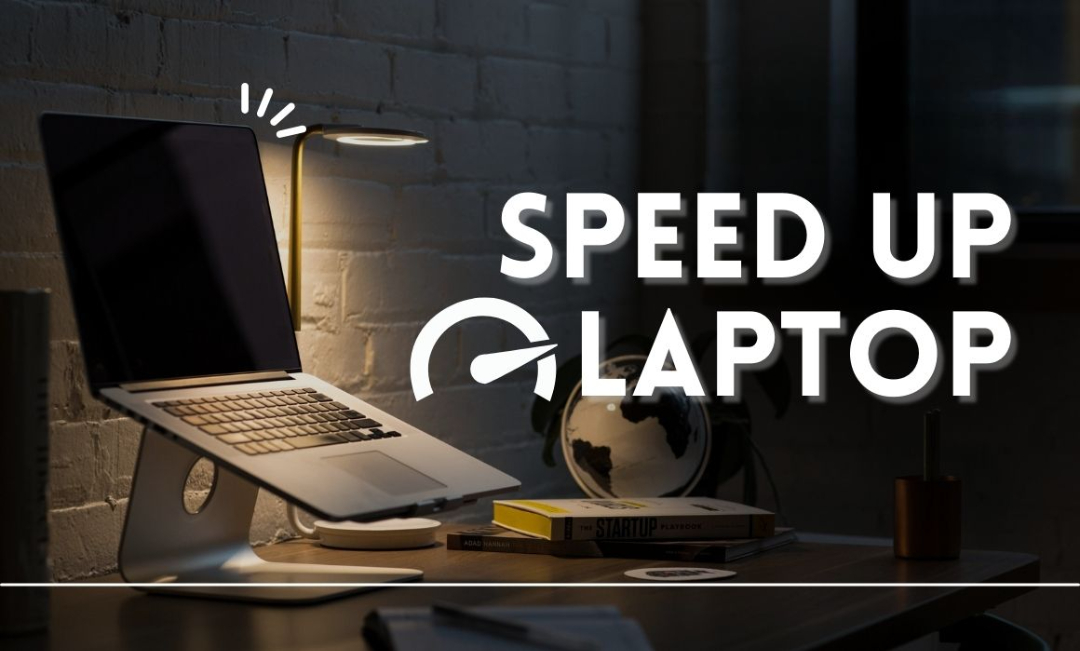
How to Speed Up Your Laptop Without Upgrading Hardware
Laptops tend to slow down over time, but that doesn’t mean you need to buy new hardware to fix it. With some smart maintenance and a few system tweaks, you can boost your laptop’s performance significantly — all without spending a penny on upgrades. In this article, we’ll walk through practical, effective ways to speed up your laptop using only software-based solutions.
1. Disable Startup Programs
Too many applications launching at startup can drastically slow down boot time and general performance.
- Windows: Press
Ctrl + Shift + Escto open Task Manager, go to the Startup tab, and disable unnecessary items. - macOS: Go to System Settings > General > Login Items and remove unwanted apps.
2. Uninstall Unused Applications
Over time, old or unused programs take up disk space and may run background processes that slow down your laptop.
- Windows: Control Panel > Programs > Uninstall a Program.
- macOS: Drag the application from the Applications folder to Trash and empty it.
3. Clear Temporary and Junk Files
Temporary files, browser cache, and system junk slow things down.
- Windows: Use Disk Cleanup or tools like CCleaner.
- macOS: Use built-in storage management or apps like CleanMyMac X.
4. Optimize Background Processes
Limit apps running in the background to free up memory and CPU power.
- Use Task Manager (Windows) or Activity Monitor (macOS) to identify high-resource processes.
- Close unused browser tabs and background applications.
5. Adjust Visual Effects
Fancy animations and effects can eat up resources, especially on older machines.
- Windows: Right-click This PC > Properties > Advanced System Settings > Performance Settings, then choose “Adjust for best performance.”
- macOS: Reduce transparency and motion in System Settings > Accessibility > Display.
6. Keep Your OS and Apps Updated
Updates often include performance improvements and security patches.
- Windows: Go to Settings > Windows Update.
- macOS: Go to System Settings > Software Update.
7. Scan for Malware and Viruses
Malware can silently drain resources and slow performance.
- Use trusted software like Windows Defender or Malwarebytes.
- Scan regularly and keep your definitions up to date.
8. Defragment Your Hard Drive (HDD Only)
For traditional hard drives (not SSDs), defragmentation helps improve file access speed.
- Windows: Search for “Defragment and Optimize Drives,” select your drive, and click “Optimize.”
- Note: Do not defragment SSDs—it’s unnecessary and may reduce their lifespan.
9. Manage Browser Extensions and Tabs
Browsers like Chrome can consume lots of memory, especially with many extensions and tabs open.
- Disable or remove unused extensions.
- Use ad blockers to reduce page load times.
- Consider lighter browsers like Brave or Firefox.
10. Restart Your Laptop Regularly
Leaving your laptop running for days builds up background processes and memory leaks.
Reboot every few days to keep performance fresh and responsive.
11. Use a Lightweight Antivirus
Some antivirus programs are resource-heavy. Consider switching to lightweight options:
- Windows Defender (built-in)
- Bitdefender Free
- Avast One Essentials
12. Free Up Storage Space
A full hard drive can slow your system down. Keep at least 15–20% of your drive free.
- Move large files to an external drive or cloud storage.
- Delete duplicate files and old downloads.
- Empty your Recycle Bin or Trash regularly.
13. Change Power Settings
Power-saving modes can throttle performance. Switch to performance-focused settings when plugged in.
- Windows: Control Panel > Power Options > High Performance.
- macOS: Adjust battery preferences in System Settings > Battery.
Conclusion
You don’t have to buy new hardware to enjoy a fast, responsive laptop. Regular maintenance, smart software practices, and tweaking built-in settings can extend your laptop’s lifespan and boost performance dramatically. Try these tips and enjoy smoother computing without spending a dime on upgrades.


